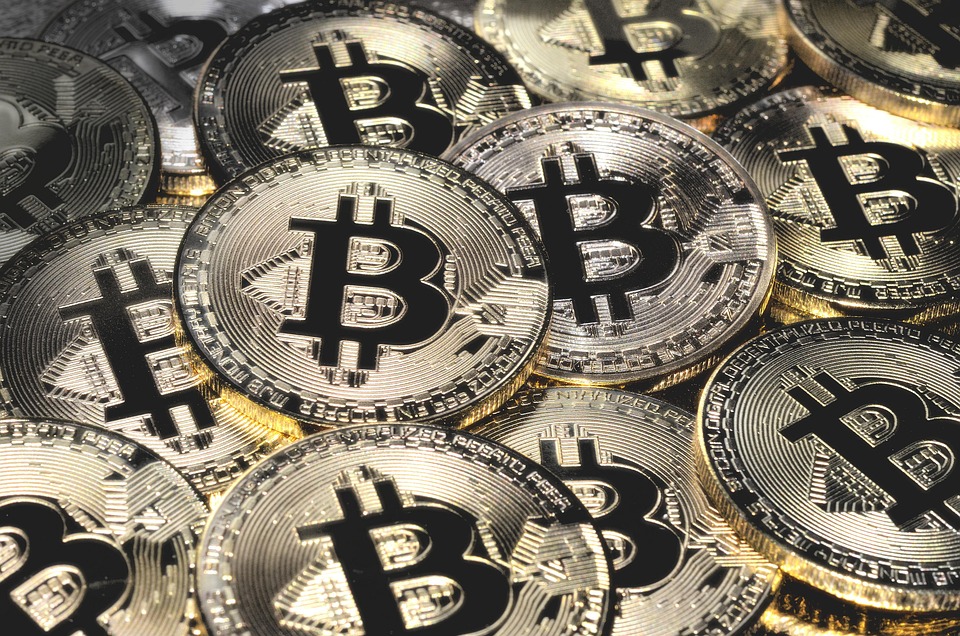Introduction
The cryptocurrency landscape has grown exponentially over the past decade, attracting millions of users to various exchanges. However, with the rise in popularity comes an increase in cyber threats. Ensuring the security of user assets and personal information is paramount for any crypto exchange. In this article, we will explore essential security measures that every crypto exchange must implement to safeguard their operations and their users.
Robust User Authentication
One of the first lines of defense against unauthorized access is a strong user authentication process. Exchanges should implement multi-factor authentication (MFA) to add an extra layer of security. This can include a combination of something the user knows (like a password), something the user has (like a mobile device for SMS or app-based codes), and something the user is (biometric verification).
Advanced Password Policies
Exchanges must enforce strict password policies requiring users to create complex passwords that are difficult to guess. Implementing rules around password length, complexity, and expiration can significantly reduce the risk of account breaches.
Cold and Hot Wallets
To protect user funds, exchanges must adopt a dual wallet system that separates assets into cold and hot wallets. Cold wallets, which are offline and not connected to the internet, are used to store the bulk of the cryptocurrency. Hot wallets, which are online, facilitate trading and withdrawals but should only hold a small percentage of funds to minimize potential losses during a breach.
Regular Security Audits
Conducting regular security audits is essential for identifying vulnerabilities within the exchange’s infrastructure. Specialized cybersecurity firms can perform penetration testing and vulnerability assessments, allowing exchanges to proactively address security gaps before they can be exploited by malicious actors.
Data Encryption
All sensitive user data, including personal information and transaction history, should be encrypted both in transit and at rest. Utilizing industry-standard encryption protocols helps ensure that even if data is intercepted, it remains unreadable to unauthorized parties.
Secure Software Development Practices
Exchanges should adopt secure software development practices throughout their development lifecycle. This includes regular code reviews, static code analysis, and ensuring that third-party libraries and dependencies are kept up-to-date to mitigate known vulnerabilities.
Real-Time Monitoring and Alerts
Implementing real-time monitoring systems can help detect suspicious activities and potential security breaches. Anomalies such as unusual trading patterns, unauthorized access attempts, or large withdrawals should trigger alerts for immediate investigation.
Incident Response Plan
Having a well-defined incident response plan is critical for minimizing damage in the event of a security breach. This plan should outline the steps to be taken, roles and responsibilities, and communication protocols to ensure a swift and effective response.
Insurance Coverage
While security measures can significantly reduce risks, no system is entirely foolproof. Crypto exchanges should consider obtaining insurance coverage to protect against losses incurred from hacks or breaches. This not only provides a safety net for the exchange but also builds trust with users.
User Education
Educating users about security best practices is essential. Exchanges should provide resources and guidance on creating secure accounts, recognizing phishing attempts, and understanding the importance of safeguarding personal information. Empowering users with knowledge can help mitigate risks associated with human error.
Conclusion
As the cryptocurrency market continues to evolve, so do the tactics and techniques employed by cybercriminals. Implementing robust security measures is not just a regulatory requirement but a moral obligation for crypto exchanges. By prioritizing security, exchanges can protect their users, build trust, and contribute to the overall stability of the cryptocurrency ecosystem.



